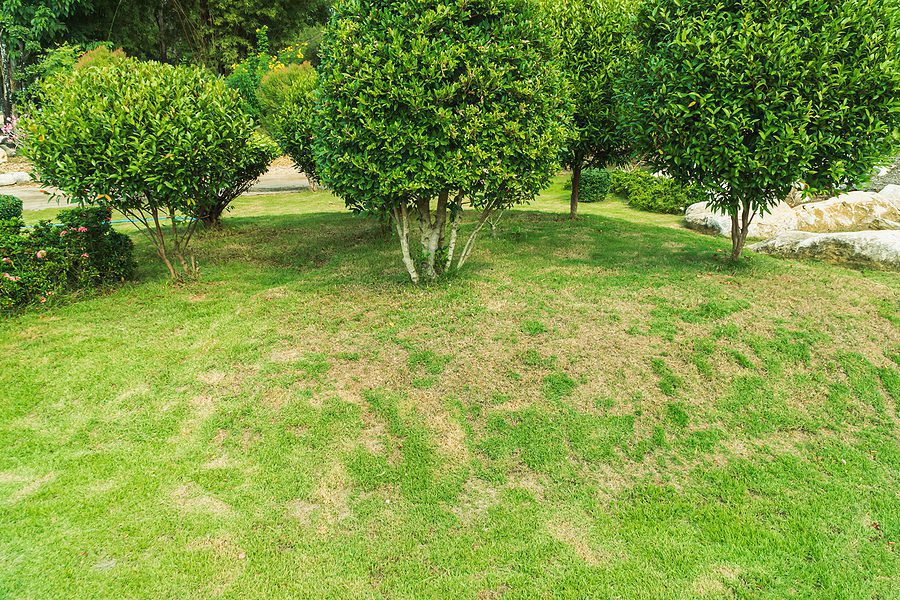What’s the Best Way to Do Lawn Aeration?

Lawn aeration is the process of creating tiny holes in it so that vital nutrients can reach the roots of your grass.
It will also provide the roots with ample space to grow, and will not only make your lawn look healthier, it will help your grass look thicker as well.
How to Aerate a Lawn
The two main ways to aerate the soil are tine aeration or core/plug aeration. While many people think that tine aeration usually just harms the lawn instead of really doing wonders to it, so the option they usually go for is the latter.
When to Aerate Your Lawn
What type of grass you have will dictate when you should aerate. If you have cool season turfgrass (Kentucky bluegrass, etc), do this in the spring or fall. in March to May or August to November respectively.
But for those with warm season turfgrass, consider aerating in early to midspring, or in summer. You shouldn’t do it when the grass is in the process of its spring green up — or when it’s dormant.
In terms of maintaining consistency, a yearly aeration will do in most lawns. But if you use your lawn often, then you may want to aerate it every six months.
How do you aerate a lawn?
The first step is to prep your lawn. Beginning with a way of irrigating it. You can do sprinklers, or you can wait for a good rain,” But in any case, it looks like it needs at least an inch of water. And that should be done a day or two before the actual aerating.
You will also need to mark off areas that you don’t want your aeration tools to run over. The equipment can damage stumps, sprinklers, etc. Or vice versa.
Then, when you’re ready, go rent some aerating equipment. It shouldn’t be too difficult to track down. Most nearby equipment rental outlets will have some in stock.
When your equipment is ready, go over the lawn entirely (do row by row). Then drag over the lawn again, at a right angle to your first rows. So that there are enough holes.
If you’ve applied a plug aerator, then after you finish, you’ll see a few plugs of soil scattered on the ground. But you can simply leave these to dry out naturally and decompose on your lawn.
In the end, you can complete the process by fertilizing your lawn accordingly. And, of course, water it after, too.
